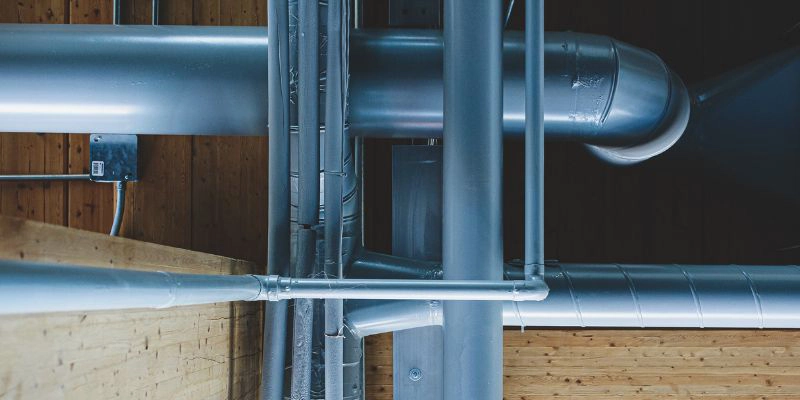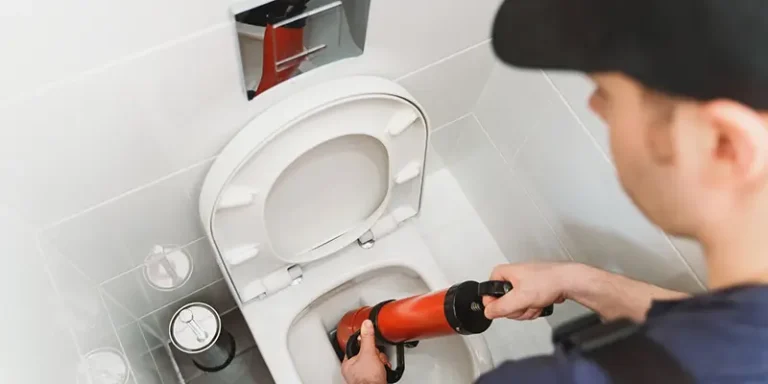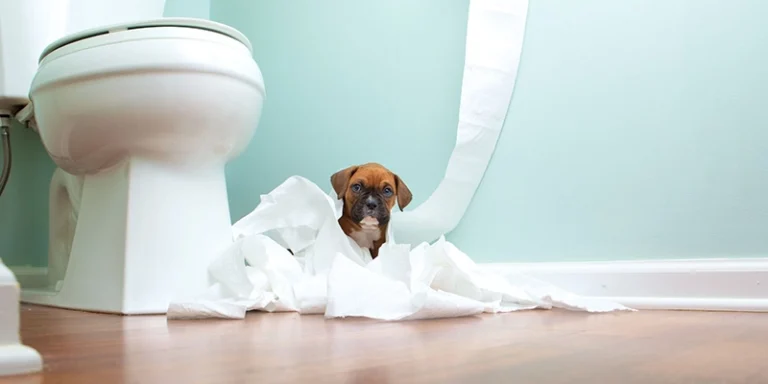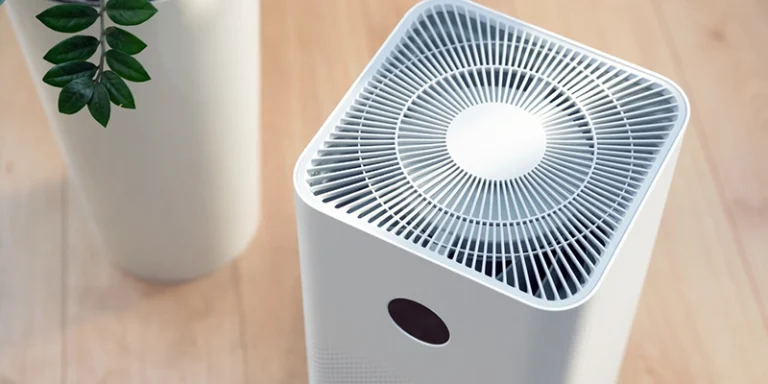Featured image credit : thespruce.com
Pipe insulation minimizes heat loss, which saves water heating costs. It can also raise the water temperature between 2°F and 4°F more than uninsulated pipes.
This helps reduce water temperature settings, meaning you will not need to wait as long before hot water is produced after turning your showerhead or faucet on. This will conserve the water and energy used for heating.
Pipes installed near or in exterior walls can also rupture in freezing conditions. As such, insulating these critical pipes during construction is worth the input.
Costs and Methods
In some cases, like heating water using expensive fuel, insulation becomes more necessary to save fuel costs. This is especially true if the pipes extend vast distance, are exposed to cold air, or the household uses a large volume of water.
Two main methods of pipe insulation you can use are pipe wrap insulation and foam pipe insulation. Below, we are going to look at how to insulate hot water pipes and cold water pipes. So let’s look at how to protect your water supply pipes.
Pipe-Wrap Insulation
Pipe-wrapping is one of the most popular means of pipe insulation.
Necessary Tools
For this insulation, you can use different materials, including:
- Rubber backing tape on flexible foam
- Foil-backed natural cotton
- Bubble-film pipe wrap
- Rubber pipe insulation tape
- Foam-and-foil pipe insulation
Installation Process
Installing pipe-wrap insulation is easy and ideal for insulating small pipe lengths or sections with numerous bends. Here are the steps on how to execute the insulation:
- Start by duct-taping the insulation strip end to the pipe if it is not readily self-adhesive. Where the insulation strip is adhesive, you can skip this step and proceed to wrap the pipe.
- Use the insulation to wrap spiral loops around the pipe that overlap by approximately half an inch. Ensure the pipe is covered thoroughly, and be keen not to leave any exposed areas.
- Tape the insulating strip end in place. If needed, use another wrap insulation length and keep doing this until you have the entire length of the pipe covered.
Foam Pipe Insulation
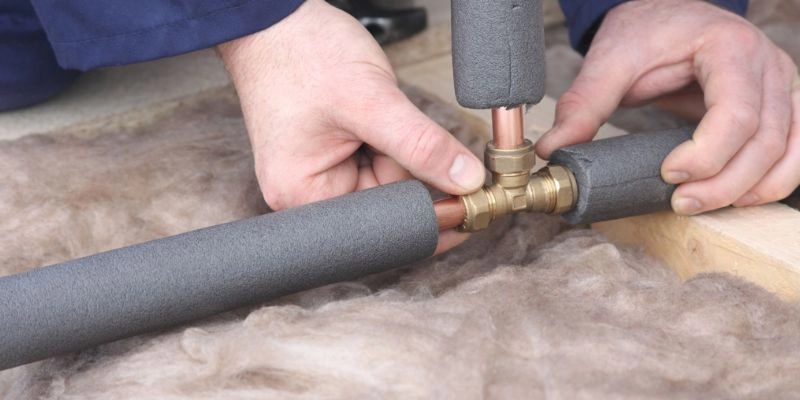
If the pipes you wish to cover run long and straight, consider using foam pipe sleeves. Foam sleeve pipe insulation is among the most straightforward means of insulation. The foam sleeves generally come in 6-foot lengths to enable you to cover more ground efficiently.
The sleeves are constructed of rubber or foam insulation and can be found in self-sealing styles. They are also available in various sizes to suit all pipe diameters. They are useful to eliminate pipe sweating due to surrounding air.
Here is how you can install these sleeves on your pipes:
Put the Sleeve in Position
- Place the sleeve along your pipe lengthwise, and open the sleeve’s slit. You will then need to slide the sleeve over your pipe, which should close around the pipe.
- Sealing the Seam
- To seal the seam, you will need duct tape applied along the slit’s length or a self-adhesive strip introduced to the sleeve. If required, you can continue to the next sleeve as you butt it against the former sleeve’s end.
- You can fit the sleeves around the corner where the pipe makes a corner by miter-cutting. Alternatively, you could cover the corner fittings using wrap and tape them to the foam sleeves.
Complete Your Installation
- Towards the end of runs, use a utility knife to make cuts along the length of the foam tube. After you are done with the installation, proceed to tape the butt seams where a pair of sleeves converge.
Get Extra Protection with Frost-Free Faucets
A faucet cover will offer great insurance against pipes bursting when complemented with other insulation styles, more so foam sleeves or pipe-wrap insulation. Installing frost-proof faucets is an excellent decision, particularly if you reside in a cold climate.
The faucets feature a unique valve stem to prevent water from getting trapped in the faucet, where it could freeze, expand, and burst the pipe.
The design employs an extended valve stem made to fit against the valve seat positioned strategically inside the home where there are warmer temperatures.
The faucet’s design also helps it drain water from the valve body, so it’s not trapped and frozen by cold air when the faucet is off.
Conclusion: Water Pipe Insulation
Water pipe insulation will prevent hot water pipes from freezing while inside the pipes during sub-freezing temperatures. Furthermore, it improves the water heater’s functionality by maintaining the warmth of hot-water pipes.
You can insulate your pipes as a DIY project but if the task proves challenging, get the help of a professional to insulate water supply pipes.
Don’t let your home fall into disrepair—check out our list of home repairs related articles below for more information on how to keep your home in top condition!
- 5 Tips to Help Cut Down on High Water Bills… and Save Water
- Save Water When Making Household Upgrades
- Everything You Need to Know About Hydro Jetting
- How To Increase Water Pressure in Your Home
- What You Need to Know About Kitec Plumbing
- Home Repairs You Shouldn’t Tackle Yourself
- Mastic Vs. Tape for Duct Sealing: Pros and Cons




